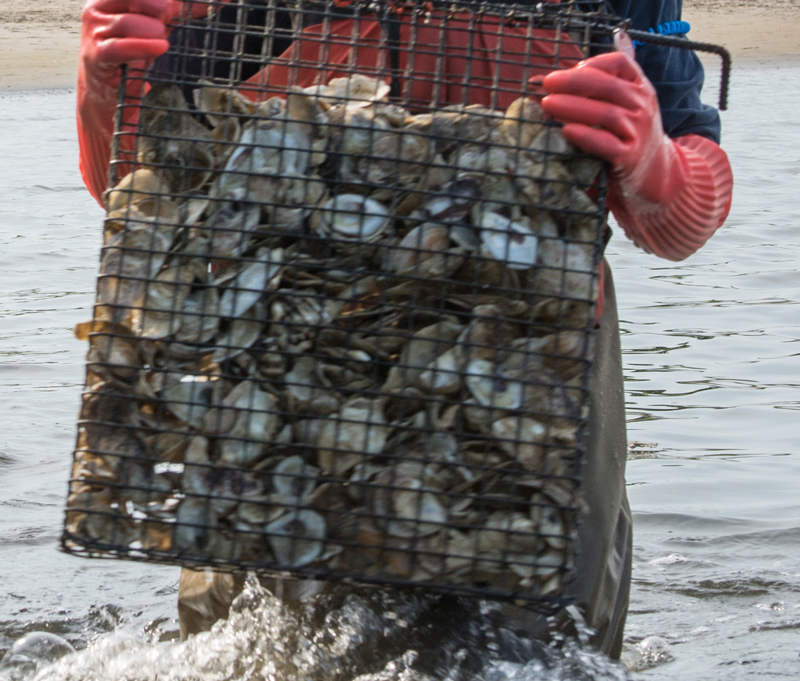Welcome to almost-spring FishTalkers, we’ve just about made it through another season of winter fishing and soon we’ll be able to cast and crank without those fingerless gloves and knit hats — WOOHOO!! As spring turns into summer and the water warms up, we’ll notice the same trend we see year after year in the Chesapeake’s waters: algae will bloom due to over-nutrification; the water will become cloudy; and dead zones will form. Our Bay’s natural filter, the oysters, will strain the waters of the Bay continually. Of course, a mere one or two percent of the Bay’s historic oyster population remains alive today, and while those oysters used to strain out the entire volume of the Chesapeake in a week, now it takes them more than a year.

Often as we discuss the many environmental and water quality issues facing the Bay, we anglers feel more or less helpless. We give public comment (which all too often gets ignored) and we do our best to alter our own personal behavior (which seems like a drop in the bucket). But we find it difficult to initiate real, substantial change.
People, oysters are the ticket.
I have a friend and neighbor who has around 3000 oysters hanging from his dock, right now. The tax credits make it more or less free to grow them in the long run. He has all the oysters he could ever eat (way more, really), and he’s helping to goose that filtration just a tiny little bit right in his own backyard. The downside? It takes work. You have to get or build the cages, rotate the oysters now and again, and clean the cages on occasion.
Of course, not all of us own waterfront, and not all waterfront is appropriate for raising oysters. But many of us do know someone who owns waterfront, or have access to a community pier or marina. That means we can have a hands-on impact on the Bay by encouraging our friends, family, and/or community to begin growing oysters if they don’t already. And we can offer to help with the work it requires to set up and maintain an oyster garden.
Starting an oyster garden is a lot easier than you might think, and you could even offer to do it for your friend, neighbor, or neighborhood. Then all they’d have to do is allow you access to their dock four or five times a year. Oh, and you can remind them that they’ll have a ready supply of fresh oysters whenever they feel the urge for some Rockefeller.
There are a number of oyster gardening programs that help streamline the process. Some of them allow you to set up a garden of your own oysters, and some others will collect the oysters after a year of growth for planting in oyster sanctuaries up and down the Bay. Google “oyster gardening” and you’ll discover local options, or check out the Chesapeake Bay Foundation Maryland Oyster Gardening webpage, and the Chesapeake Bay Foundation Virginia Oyster Gardening webpage.
Why are there so many people and groups helping people establish oyster gardens on the Bay? Because we've come to realize it’s one of the best tools at our disposal to help boost the natural filtering capacity of the Bay. Because it gives you and me a way to pitch in individually and have a direct impact on water quality. Because those oysters not only filter the Bay, they also provide homes for countless critters that jump-start the food chain and feed the predator fish that we like to catch. And it doesn’t hurt that Chesapeake oysters taste so darn good, too.